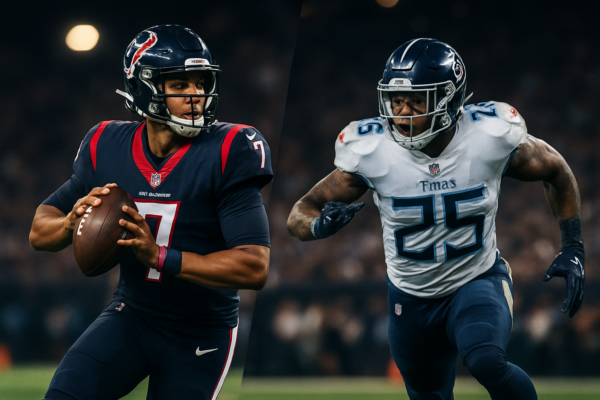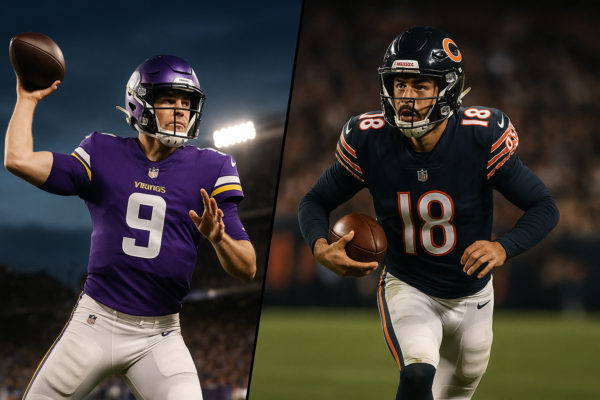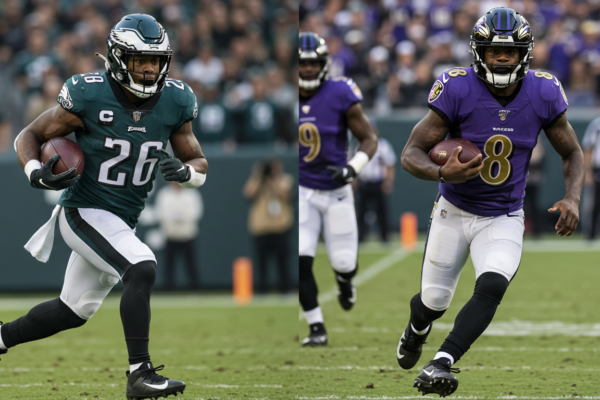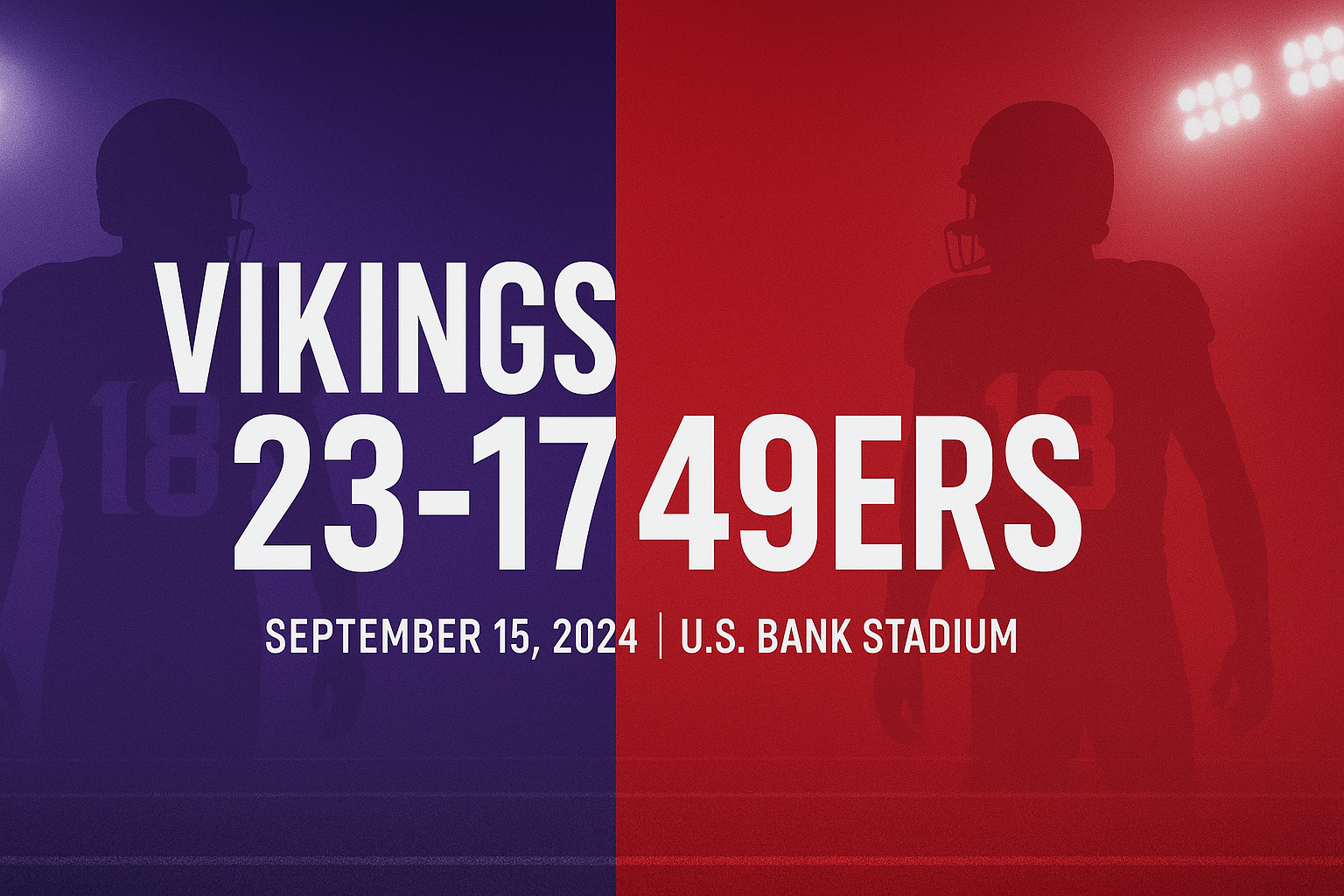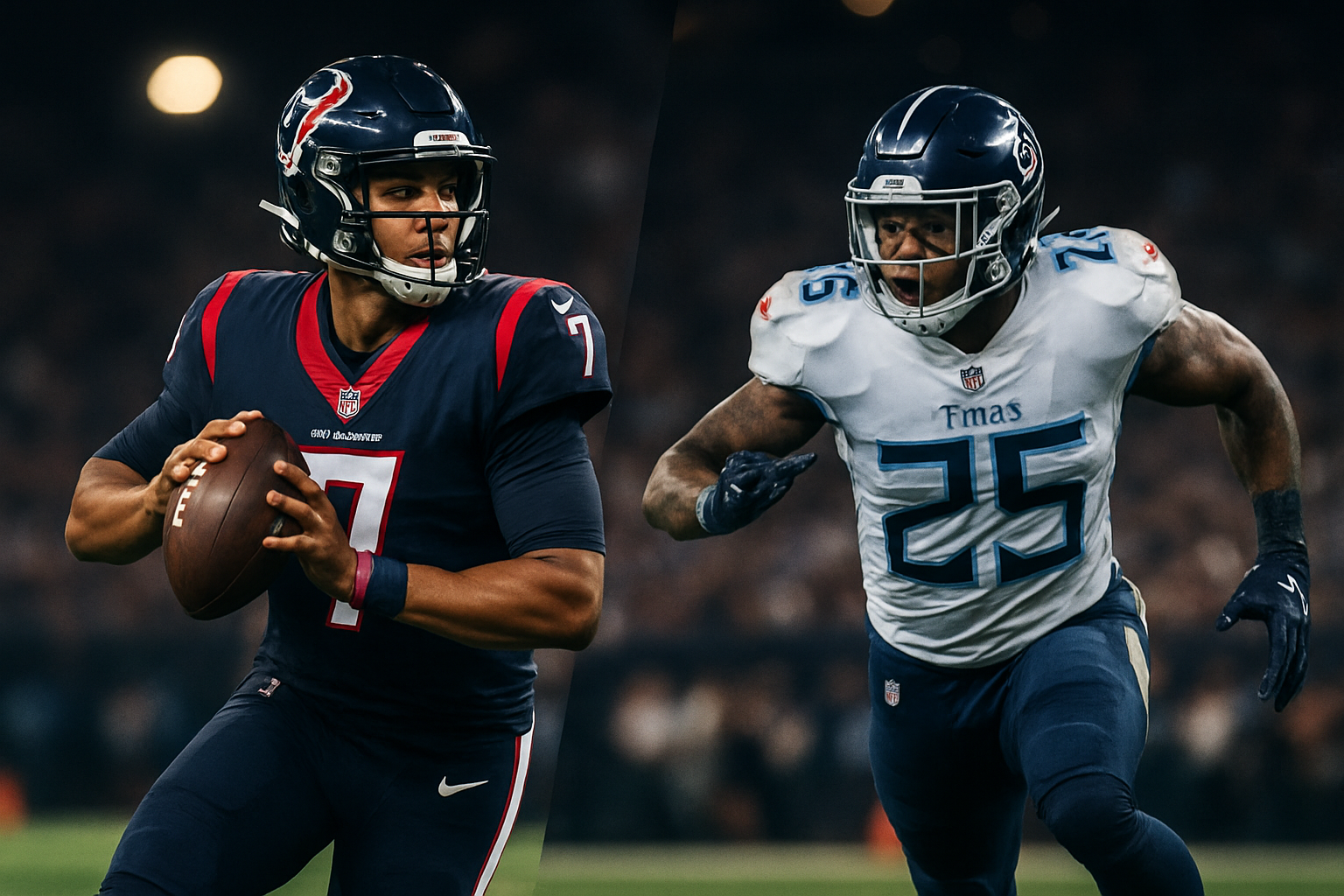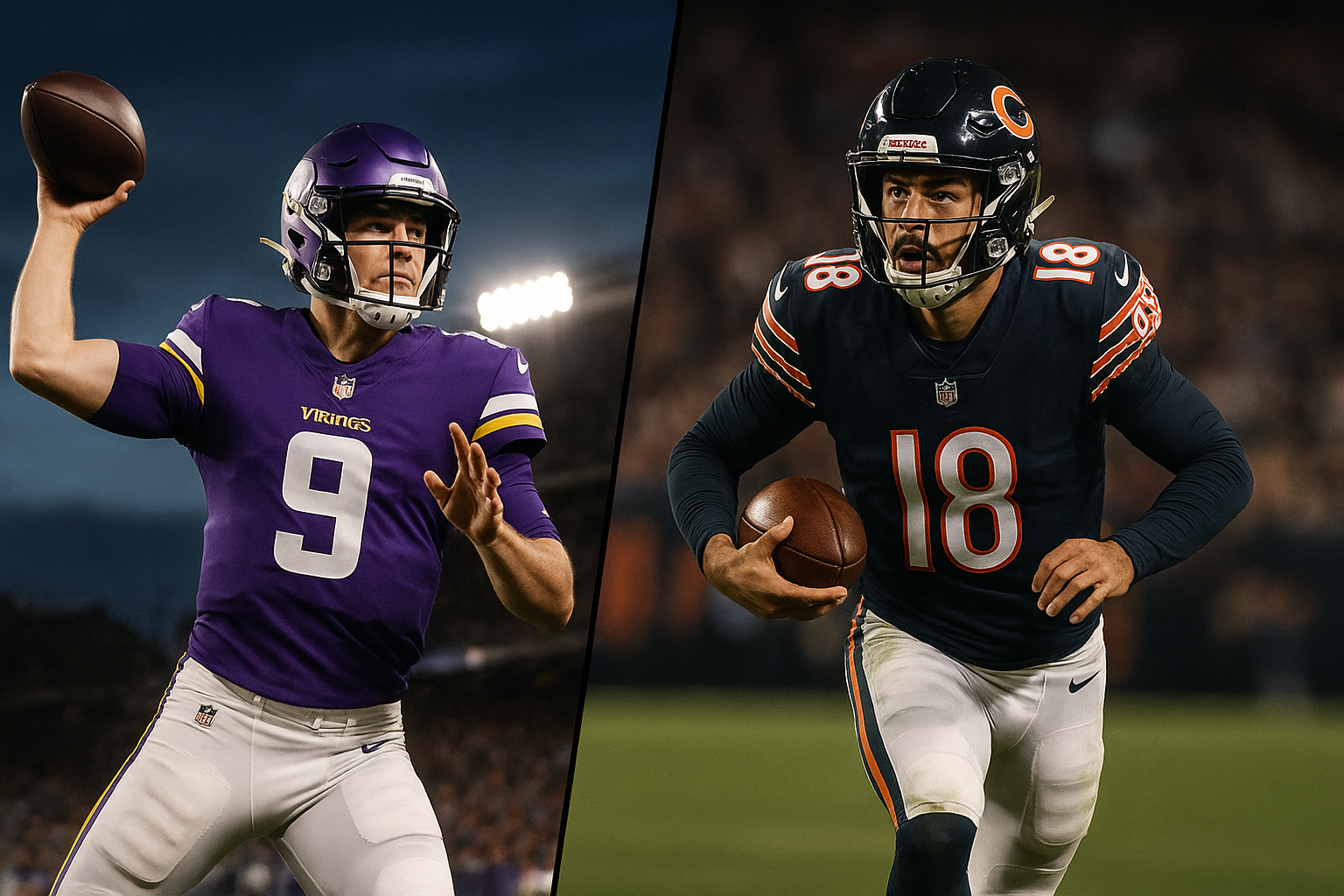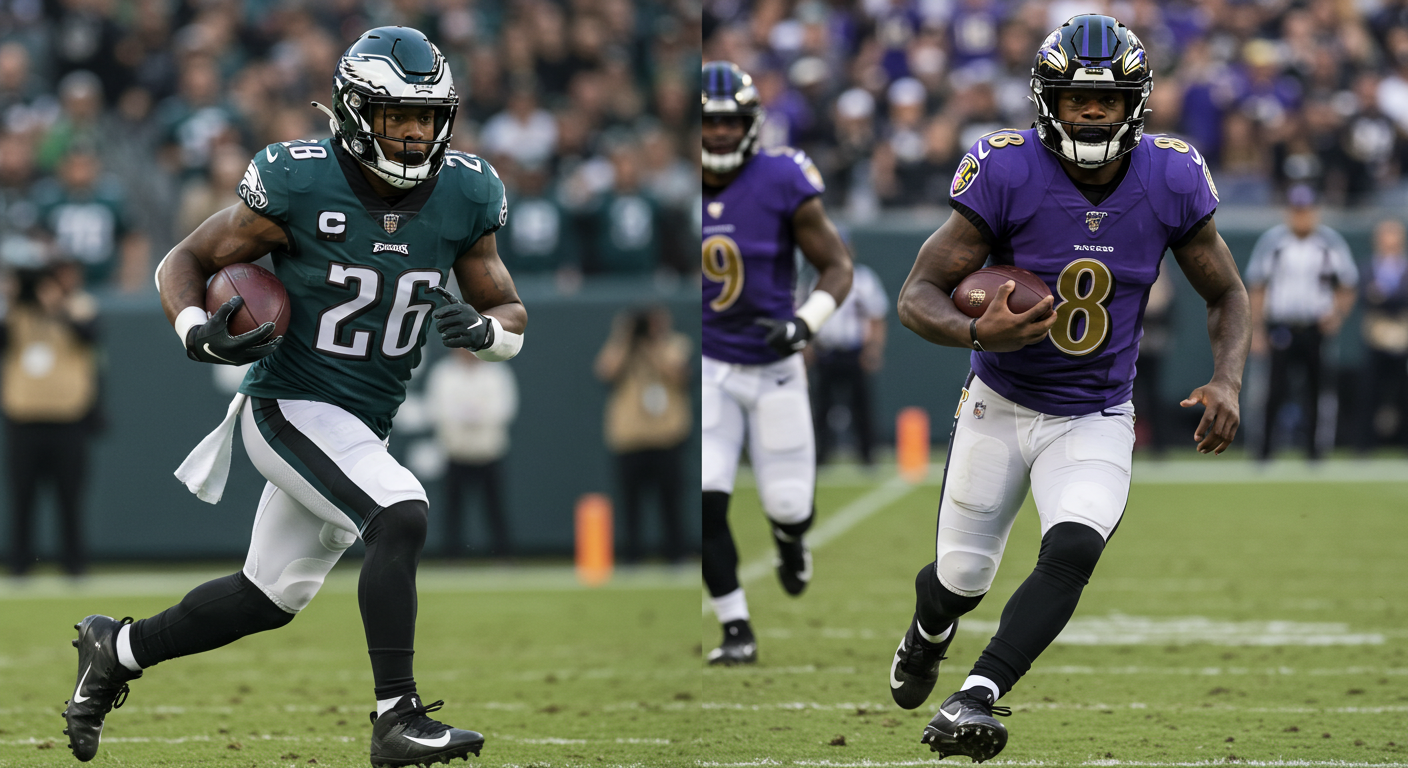

Denver Nuggets vs Timberwolves Match Player Stats [SHOCKING 115-95 Blowout]
The Denver Nuggets vs Timberwolves match player stats from March 12, 2025 tell the story of how Minnesota completely dismantled the defending champions on their home court.
I’ve analysed every statistical angle of this critical Northwest Division showdown where the Timberwolves extended their impressive winning streak to six consecutive games while exposing Denver’s vulnerabilities.
Game Snapshot: Wolves Dominate at Ball Arena
The Minnesota Timberwolves decisively defeated the Denver Nuggets 115-95 at Ball Arena on March 12th, in what analysts described as a “rout” from start to finish.
Let’s examine the quarter-by-quarter breakdown that shows how the Wolves controlled the tempo throughout:
| Team | Q1 | Q2 | Q3 | Q4 | Final |
|---|---|---|---|---|---|
| Timberwolves | 34 | 23 | 32 | 26 | 115 |
| Nuggets | 26 | 22 | 27 | 20 | 95 |
The Wolves established an early advantage, outscoring Denver by eight points in the opening quarter and never surrendering the lead.
Five Minnesota players reached double figures in scoring while Denver’s typically potent offense struggled with shooting consistency throughout, managing just 40.4% from the field compared to their season average of nearly 48%.
Timberwolves Player Stats That Changed The Game
The standout performer stats from Minnesota reveal how they systematically dismantled the Nuggets:
Anthony Edwards dominated:
- 29 points (10/22 FG)
- 5/12 from three-point range (41.7%, above his season average)
- 6 assists (team-high playmaking)
- 4 rebounds
- Just 1 turnover in 34+ minutes
- Stellar +10 plus/minus
- Consistent two-way impact that Denver couldn’t contain
Julius Randle was ruthlessly efficient:
- 25 points on 75% shooting (9/12 FG)
- 3/5 from beyond the arc (60% – nearly double his 32.5% season average)
- 4 rebounds
- 3 assists
- Exceptional 85.4% true shooting percentage
- Team-best +17 plus/minus
Randle’s shooting was 27.6% above his season average – perhaps the single most impactful performance efficiency-wise in the entire game. His ability to score both inside and outside created matchup nightmares for Denver’s frontcourt.
Rudy Gobert anchored the defense:
- Double-double with 11 points and 10 rebounds
- 50% shooting from the field (4/8 FG)
- 3 offensive rebounds creating extra possessions
- Effectively limited Denver’s inside game
- Recorded a crucial block against Jokic
- Impressive 143 offensive rating
- Defensive presence altered countless shots beyond the box score
Jaden McDaniels contributed across the board:
- 16 points on efficient 53.8% shooting (7/13 FG)
- 8 rebounds (3 offensive boards)
- 1 steal
- 1 block
- 2/4 from three-point range (50%)
- Excellent perimeter defense on Murray and Porter Jr.
- 135 offensive rating – third best on the team
- +15 plus/minus showing his two-way impact
Nuggets Player Stats: Jokic Stood Alone
Despite the loss, Nikola Jokic put up impressive numbers:
- Game-high 34 points (4.9 above his 29.1 season average)
- 8 rebounds (3 offensive, 5 defensive)
- 4 assists (below his season average)
- 56.5% shooting (13/23 FG)
- 2/6 from three-point range (33.3%, below his 41.3% season average)
- 75% from the free-throw line (6/8)
- 25.5 Player Efficiency Rating
- Team-worst -24 plus/minus
Jokic scored 21 points in the first half alone but lacked support from his teammates. One of the few bright spots for Denver was his coast-to-coast fast-break dunk in the first half, but even his stellar individual performance couldn’t overcome Minnesota’s balanced attack.
Jamal Murray struggled badly:
- 12 points on 26.7% shooting (4/15 FG)
- 1/5 from three (20%)
- 8 assists couldn’t make up for shooting woes
- 5 rebounds (1 offensive, 4 defensive)
- Shot 20.7% below his season average
- Three-point shooting 19.7% below season average
- 36.8% true shooting percentage (horrifically inefficient)
- 10.8 PER (well below average)
- -19 plus/minus
- Visibly frustrated by Minnesota’s defensive pressure
Russell Westbrook provided secondary scoring:
- 19 points
- Efficient 8/12 shooting (66.7%)
- 4 rebounds
- Only 1 assist
- Early turnovers hurt Denver’s momentum
Michael Porter Jr. couldn’t find his rhythm:
- 10 points on 3/10 shooting
- 0/3 from three-point range
- 9 rebounds was his lone bright spot
- Team-worst -31 plus/minus
The Three-Point Gap That Decided The Game
The shooting stats tell the clearest story of this one-sided matchup:
Three-Point Shooting:
- Timberwolves: 42.5% (17/40 attempts)
- Nuggets: 23.3% (7/30 attempts)
This massive 19.2% gap from beyond the arc translated to a 30-point advantage (51-21) from three-point territory alone – exceeding the final 20-point margin.
Minnesota’s shooters were consistently on target (five players hit multiple threes) while Denver’s usual marksmen went cold. The Nuggets’ starting backcourt and wings combined to shoot just 2/14 (14.3%) from distance, completely undermining their offensive gameplan.
Team Stats Comparison: Where The Game Was Won
| Stat | Timberwolves | Nuggets | Edge |
|---|---|---|---|
| FG% | 47.8% | 40.4% | MIN +7.4% |
| 3PT% | 42.5% | 23.3% | MIN +19.2% |
| Assists | 31 | 20 | MIN +11 |
| Rebounds | 48 | 42 | MIN +6 |
| Turnovers | 15 | 10 | DEN -5 |
Even though Denver committed fewer turnovers, they couldn’t capitalize on these extra possessions.
The Timberwolves’ ball movement (31 assists) created better shooting opportunities throughout.
Key Player Matchup: Edwards vs Murray
Anthony Edwards thoroughly outplayed Jamal Murray in their crucial backcourt matchup:
Edwards vs Murray:
- Points: 29 vs 12 (+17 advantage)
- Shooting: 45.5% vs 26.7% (+18.8% advantage)
- Three-Point %: 41.7% vs 20.0% (+21.7% advantage)
- Assists: 6 vs 8 (Murray’s only statistical win)
- Plus/Minus: +10 vs -19 (staggering 29-point swing)
- True Shooting: 59.9% vs 36.8% (+23.1% advantage)
Edwards’ lockdown defense contributed significantly to Murray’s poor shooting night. When these two guards matched up directly, Edwards won the battle convincingly on both ends of the floor.
Season Context: What This Means Going Forward
This win extended the Timberwolves’ streak to six games, showcasing their potential as serious Western Conference contenders. Their balanced scoring, defensive intensity, and three-point shooting efficiency make them a dangerous playoff opponent.
For Denver, this concerning loss highlighted their dependency on Jokic and the urgent need for more consistent production from Murray and Porter Jr. The game exposed weaknesses that coach Michael Malone will need to address before the postseason.
The 20-point defeat also raised significant concerns among Nuggets fans about potential playoff matchups with Minnesota. Post-game discussions on social media described the team as being “clobbered” by the Timberwolves, with many noting Minnesota has consistently performed well against Denver this season.
- Also Read: Dodgers vs Yankees Match Player Stats.
FAQs About Denver Nuggets vs Timberwolves Match Player Stats
Who scored the most points in the Nuggets vs Timberwolves game?
Nikola Jokic led all scorers with 34 points for Denver (13/23 FG, 2/6 3PT, 6/8 FT), while Anthony Edwards topped Minnesota with 29 points (10/22 FG, 5/12 3PT, 4/5 FT).
What was the final score of the Nuggets-Timberwolves game on March 12, 2025?
The final score was Minnesota Timberwolves 115, Denver Nuggets 95, a decisive 20-point victory for the Timberwolves at Ball Arena in Denver.
Why did the Nuggets lose despite Jokic scoring 34 points?
The Nuggets lost because of poor team shooting (40.4% FG, 23.3% 3PT), particularly from Jamal Murray (26.7% FG) and Michael Porter Jr. (30% FG, 0/3 3PT), combined with Minnesota’s balanced attack (five players in double figures) and superior efficiency (47.8% FG, 42.5% 3PT). Denver’s supporting cast scored just 61 points on 61 shots outside of Jokic’s contribution.
How did Julius Randle perform against the Nuggets?
Julius Randle was exceptionally efficient, scoring 25 points on 75% shooting (9/12 FG), including 3/5 from three-point range (60%), adding 4 rebounds and 3 assists. His true shooting percentage of 85.4% was elite, and his performance was 27.6% above his season shooting average, making him one of the game’s decisive factors.
What was the turning point in the Nuggets vs Timberwolves game?
The Timberwolves established control early with a 34-26 first quarter advantage and never relinquished the lead. Their superior three-point shooting (42.5% vs 23.3%) throughout the game was the decisive factor that prevented any Denver comeback attempts. Minnesota consistently answered any potential Nuggets runs, maintaining momentum throughout all four quarters.
When you dig into the statistical breakdown of this Northwest Division clash, the numbers reveal why Minnesota dominated. The combination of Edwards’ two-way brilliance, Randle’s shooting efficiency, and Denver’s struggles beyond Jokic created the perfect storm for a statement Timberwolves victory over the defending champions.

